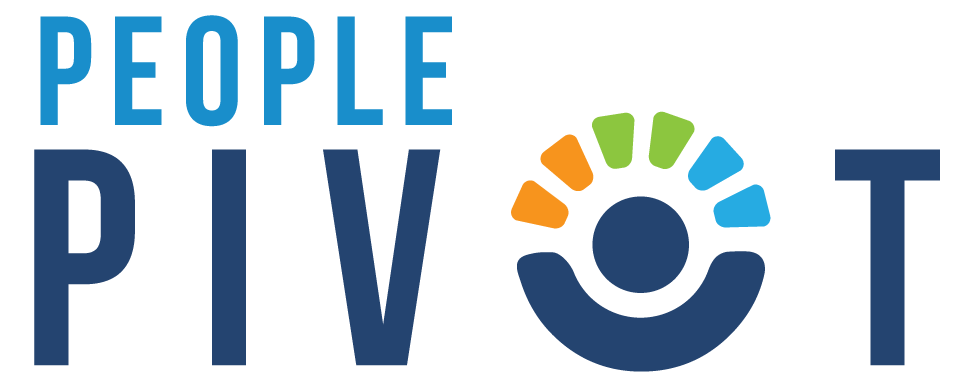In today’s fast-paced business world, mastering the art of team management is more crucial than ever. At the heart of this art lies a crucial balance: giving team members the freedom to innovate (autonomy) while ensuring they meet their responsibilities (accountability). This post explores this delicate equilibrium and offers practical tips for leaders.
Why Autonomy Matters:
Autonomy is not just a buzzword; it’s a game-changer in the workplace. It’s about empowering team members to shape their work processes and make decisions independently. Here’s why it’s essential:
- Empowerment Leads to Engagement: When team members are entrusted with autonomy, they feel more invested in their work, leading to higher job satisfaction and productivity.
- A Breeding Ground for Innovation: Autonomy sparks creativity. It gives individuals the space to think differently and bring unique solutions to the table.
- Personal Growth and Skill Development: Autonomy challenges team members to stretch their abilities, fostering professional growth.
The Role of Accountability:
Accountability is the yin to autonomy’s yang. It’s about being answerable for one’s actions and contributions to the team. Here’s why it’s indispensable:
- Keeps the Team on Track: Clear accountability ensures tasks are completed efficiently and standards are met.
- Builds Trust and Team Unity: Knowing everyone is accountable for their part fosters a sense of reliability and teamwork.
- Enables Clear Performance Tracking: With everyone accountable, assessing individual and team progress becomes straightforward.
Striking the Balance:
Balancing autonomy with accountability can seem like walking a tightrope. Here are strategies to keep you steady:
- Define Clear Boundaries: Set explicit expectations about roles, responsibilities, and goals. This clarity helps team members understand the limits of their autonomy and the extent of their accountability.
- Cultivate Trust and Open Communication: Create an environment where team members feel their input is valued and they are trusted to make decisions.
- Structured Yet Flexible Check-Ins: Regular meetings should be more about guidance and support, not micromanagement. They should provide a platform for feedback and adjustment.
- Embrace Technology for Transparency: Utilize project management tools to maintain visibility of progress, helping balance autonomy with accountability.
- Recognize and Learn: Celebrate autonomous successes and view mistakes as learning opportunities. This approach encourages a positive, growth-oriented mindset.
Finding the perfect balance between autonomy and accountability is key to unlocking the potential of your team. It’s not a static formula but a dynamic process that adapts to your team’s evolving needs. Embrace this balance, and watch your team flourish in productivity, innovation, and satisfaction.

